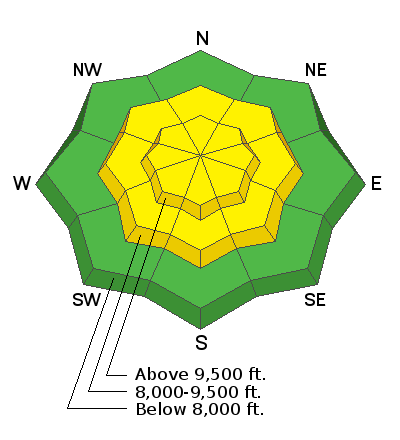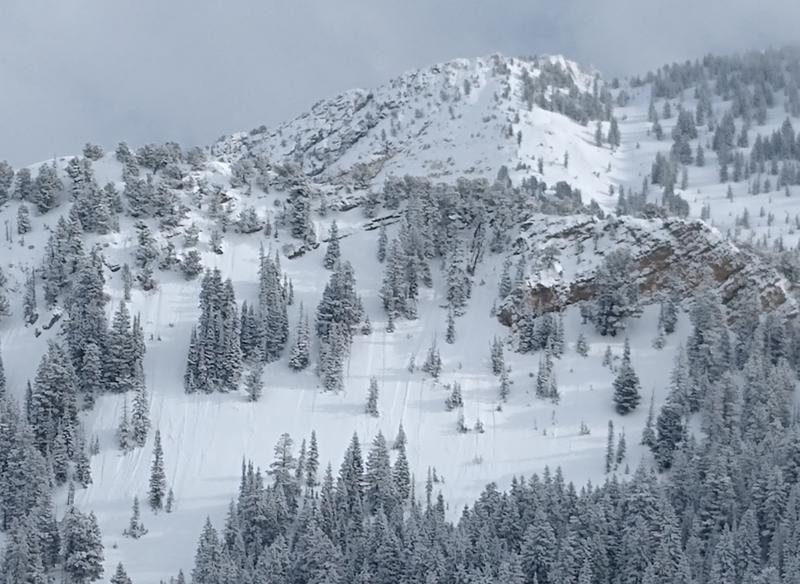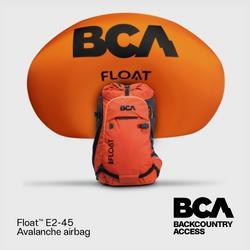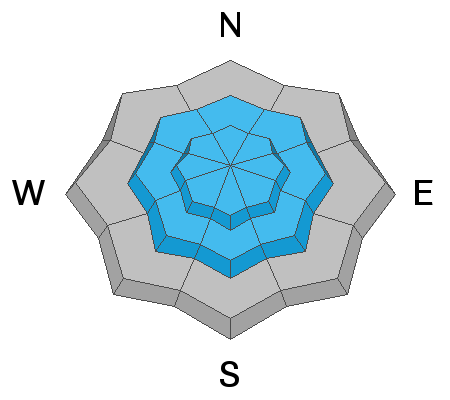Thanks to the generous support of our Utah ski resorts and Ski Utah, we have discount lift tickets available. All proceeds from these go towards paying for avalanche forecasting and education! Get your tickets
here.
Brighton Resort is closed to uphill traffic over the holiday period through January 1.
Light snow continues to fall in the mountains with most areas picking up another trace to 2" overnight. Storm totals since Monday eve are 15"/1.05"SWE in the upper Cottonwoods and about 10"/0.71"SWE along the Park City ridgeline.
Winds are hardly a whisper; temperatures are in the low teens.
Skiing and riding conditions? I'd say we made Santa's list this year. Somehow.
The new snow ran with abandon on a variety of aspects and elevations yesterday but slope angles generally needed to push toward 40°. Guide Billy Haas described the avalanches as "long running medium volume high speed sluffs." Along with these sluffs were a few storm slabs 8-12" deep that mostly resisted wider propagation, but not all. See video below. Here, you'll see a snowboarder yesterday unintentionally trigger a storm slab in Dutch Draw roughly a foot deep and 150' wide. Yes, that Dutch Draw, the site of the fatality on the 15th and wingsuit skier triggered avalanche a couple days later. This avalanche yesterday was on east-northeast facing terrain at 10,000'. Mark and Nikki hope to investigate this avalanche today.
Larry Dunn noted another, more widely propagating (300' wide) natural storm snow avalanche in the Moonlight district of Mineral Fork of BCC on a steep northeast facing slope at 9500. (
OBSERVATION)
Confused on locations? Check out the Wasatch Backcountry Skiing maps
HERE.Most activity looked like the photo below. pc:Wilson










